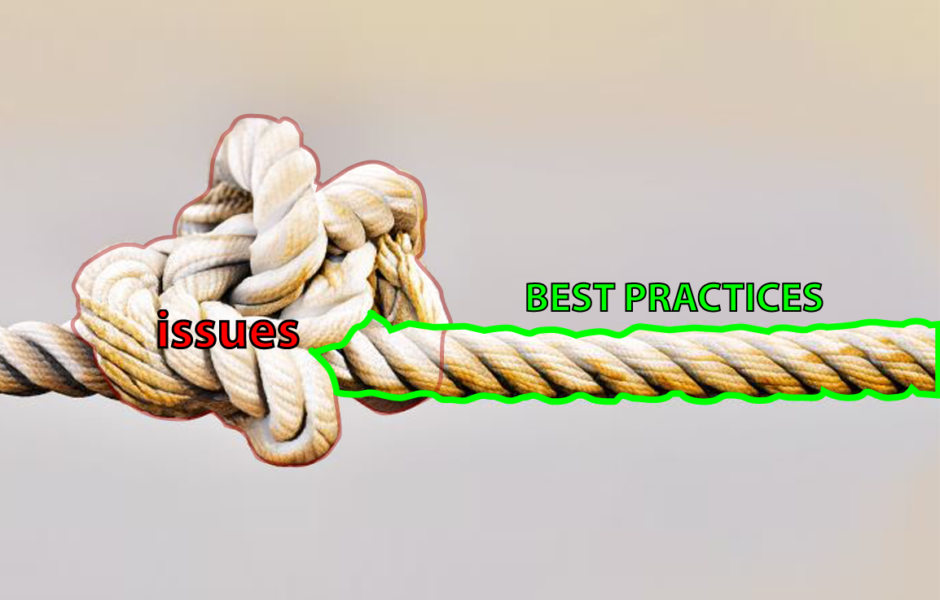
A Solution to Many VFX Issues
On May 20, 2023 by Howard CabalfinVFX Roto can be sometimes described as a knot ball of full problems. I believe many of the problems are caused by the combination of underbidding and aggressive scheduling.
While I am not qualified to change the economics or timing of the industry, I offer one idea that VFX Studios can implement and gain benefits from immediately.
A common theme of many VFX problems is that there are few collectively-established standards.
We treat the next new project as if its our first project. We forget the lessons of success from the past or our Leaders choose to operate with a new system of expectations, rules and workflows. And even within the same studio across simultaneous projects, each team can operate with a different style.
Differences in style are not wrong and they are all valid and effective. We should always be open to test new ideas and workflows, especially if there is a possibility of improvement over the current structures.
However, constant rule-changing leads Team Members to disregard previous workflows and relearn new systems. Learning new systems requires onboarding time and discussions on differences and preferences. The time for these adjustments is not factored in many of today’s aggressive VFX schedules.
So what is the solution?
One solution is to create and execute a “Set of Best Practices”.
A Set of Best Practices is a list of expectations of what the Studio expects AND recommendations on the methodologies required to deliver each one. We can create best practices by documenting what was successful in the past and reusing those methods as the starting point of executing future projects.
A Set of Best Practices has these benefits:
- Expectations for the Team are clear, measurable and collectively understood.
- The Team is also aware of the most efficient methodologies to meet those expectations. Each studio will have their own specific recommendations.
- Results are consistent – When the workflows and expectations are defined and standardized, everyone can expect a consistent result and set their pipelines to those constants. Consistent results mean everyone has the same guides for success.
- Kickbacks are fewer – When you have a pattern of consistent results, artists can train and practice to reach that expected level of quality and specifications.
- If Artists cannot deliver, the studio can build training to strengthen the Artist’s skills in these best practices. This will ensure the Artist can succeed in the future.
- When a Studio has specific expectations, training course creation is already mapped to these expectations.
- Training and Onboarding Time is reduced. If the system is the same across projects, Teams learn the system once and their training applies to all projects. No repeat training is needed.
- Creates flexibility for Cross-Project Casting – If the Artists are trained with a standardized system, Leads and Production can assign any artist on any project.
What do you think about this solution? Do you think a set of best practices is a solution to many of the VFX Studios issues?
Leave a Reply